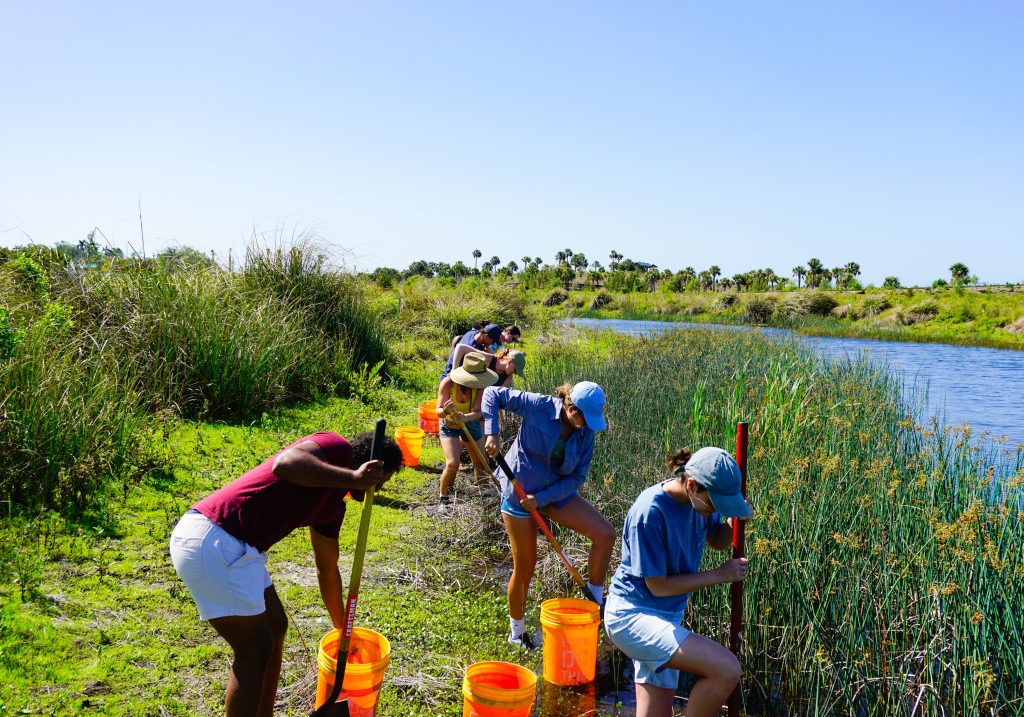Nature-Based Solutions the Key to Solving the Climate Crisis
By: Jane Marsh
When it comes to tackling climate change, it helps if nature does most of the heavy lifting. Nature-based solutions — including restoring, protecting and sustainably managing ecosystems — are some of the best ways to reverse the effects of industrialization on the atmosphere.
What Are Nature-Based Solutions?
Any management strategy harnessing the power of ecology to solve societal problems is called a nature-based solution. For example, bamboo forests can serve as carbon sinks, protective barriers and a source of economic growth. Ecologists and city planners might work together to plant bamboo forests in or around a new city. Or, they may look for ways to manage existing stands of bamboo better to help conserve them.
Nature-based solutions mimic natural ecosystems and processes. Green roofs, artificial wetlands and rain gardens are manufactured inventions, but they function like natural systems.
The Main Categories of Nature-Based Solutions
There are many different ways to categorize nature-based solutions, but some ecologists break them into four subtypes based on the biome they manage.
1. Ocean-Based Practices
Considering the ocean absorbs around one-fourth of all carbon dioxide emissions, protecting it is crucial for addressing climate change. The coasts also serve as a form of flood and erosion control. Protecting and restoring coastlines will benefit nearby communities, with climate change increasing natural disasters and extreme weather.
Nature-based solutions in this category include growing kelp or shellfish populations, restoring seagrass and coral reefs, and stabilizing coastal dunes to prevent erosion.
2. Restorative Agriculture
Farmland is necessary for human survival, but many standard practices release carbon into the atmosphere. Sustainable and restorative agriculture allows people to live more in harmony with nature.
Nature-based agriculture solutions include no-till planting, cover crop rotation and raising fewer cattle. Farmers can also grow corn or beets to produce eco-friendly alternatives to toxic chemicals, with experts predicting the bio-based market to reach $5.9 billion in 2023.
3. Forestry
Trees are famous for their carbon sequestration. They can absorb water and act as barriers during heavy flooding or landslides. Additionally, wooded areas are culturally significant to many communities, serving as a place to explore, exercise, go hunting and much more.
Fully stocking all understocked productive forests in the United States could remove around 20% of the country’s carbon dioxide emissions annually. Protecting, planting and carefully harvesting trees will play a key role in solving the climate crisis.
4. Wetland Restoration
Wetlands efficiently soak up water during floods and storms, distributing the force of incoming tides over floodplains to reduce flooding. They act as highly efficient carbon sinks because their spongy soils soak up carbon dioxide. Additionally, they release large amounts of oxygen into the atmosphere. Nature-based solutions often focus on conserving and restoring wetlands due to their remarkable properties.
Different Levels of Intervention
Another way of categorizing nature-based solutions is to group them based on the intensity of the management strategies involved.
1. Minimal Ecosystem Intervention
Under this strategy, ecologists intervene very little or not at all to encourage nature-based solutions. Sometimes, it is enough to simply set areas aside for protection so ecosystems can function naturally.
Establishing biosphere reserves such as national parks can help conserve biodiversity. The core areas may have strict laws protecting them, while buffer zones on the outside allow surrounding communities to live and work sustainably.
2. Moderate Intervention
This management approach is more hands-on and seeks to develop multi-use ecosystems and landscapes. Ecologists may establish protected areas that still allow human development, such as national forests that permit grazing or logging. They may also manage the genetic diversity or population numbers of wildlife in the area.
3. Extensive Management
Heavily managing ecosystems or even creating new ones — such as agricultural areas or urban green spaces — can benefit people and wildlife in areas of intense development. This category includes management choices like restoring degraded landscapes, practicing continuous yet sustainable logging, cleaning up pollution and planning cities with the surrounding ecosystem in mind.
Partnering With Nature
Protecting and restoring ecosystems benefits wildlife, surrounding communities and the planet. Nature-based solutions will play a crucial role in solving the climate crisis.
Although people can fly to the moon, talk to those in other countries and harness nuclear power, they have never found anything quite as efficient as plants when it comes to restoring the atmosphere — and they do not need to. Sometimes, the simplest solution is the answer.
Jane Marsh is editor-in-chief of Environment. Co.
| Email jane@environment.co |
| Website https://environment.co/ |




